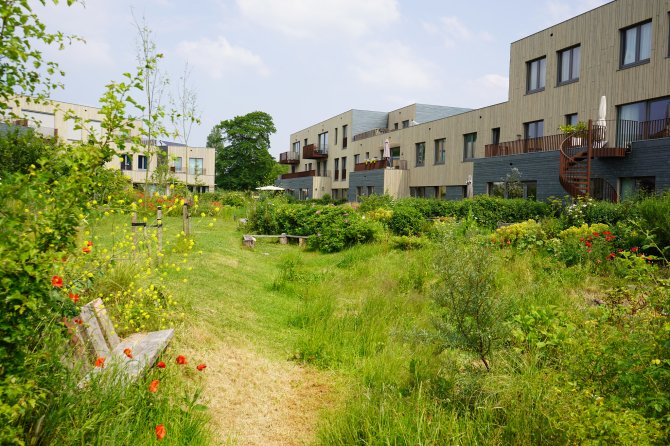
News
"The Symbiotic City, voices of nature in urban transformations"
The symbiotic city: a city that has been re-embedded into nature, one that safeguards the resources of our planet and restores biodiversity. One where soil, water, wind, and living organisms are reconnected in the urban environment. This is not a utopia, as many cities are becoming more symbiotic already. It is a story of hope about how we can restore social and ecological justice in our cities.
The recently published book "The Symbiotic City, voices of nature in urban transformations", edited and co-authored by Marian Stuiver, cites examples from Washington to Nijmegen and from Lisbon to Amsterdam. These are cities with many initiatives in which the values of nature once again take centre stage.
The book comes at an opportune time: with the upcoming Omgevingswet (environment and planning act), the “nature-inclusive in the Netherlands” agenda, the housing challenge, the increasing need to protect plants and animals, and the urgency of the climate challenge. We can and must restore and make room for nature again, including in our urban development plans.

The contributions have been written by many colleagues from within and outside of Wageningen University & Research. Scientists with expertise in urban development, landscape architecture, ecology, sociology, agriculture, and economics provide a holistic view of practical and strategic solutions for the symbiotic city.
The 13 chapters in the book introduce examples of cities that are becoming more symbiotic already. It showcases initiatives that are based on various values of nature, such as nature-based solutions, personal and communal values, and the intrinsic rights of nature.
Voices of nature in the urban landscape
A radical transformation is required to achieve a symbiotic city. The book provides the reader with insights into governance and action-oriented solutions and offers strategic and practical guidance for professionals such as urban planners, architects, local policy makers, and the real estate sector.
The book is the result of scientific research into a wide range of epistemological, political, and action-oriented alternatives for redesigning the cities of today towards future-proof cities with room for people and nature.
